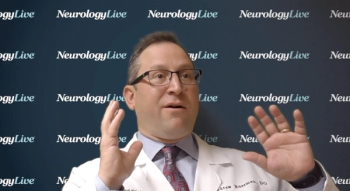
The medical director of the Comprehensive Stroke Center at Cleveland Clinic detailed the differences between neuroprotection and neurorestoration, and the available options for each.

The medical director of the Comprehensive Stroke Center at Cleveland Clinic detailed the differences between neuroprotection and neurorestoration, and the available options for each.
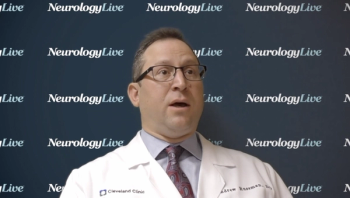
The medical director of the Comprehensive Stroke Center at Cleveland Clinic reviewed the timeline of administering various thrombolytic agents and the benefits they bring.

Intra-arterial urokinase improved Thrombolysis in Cerebral Infarction (TICI) scale scores and independence at 90 days, without increasing the risk of symptomatic intracranial hemorrhage.
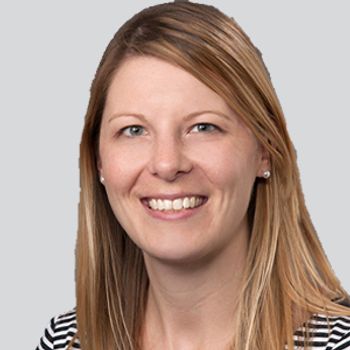
Although there are gaps in knowledge, investigators see potential in telemedicine for other neurologic disorders beyond stroke.
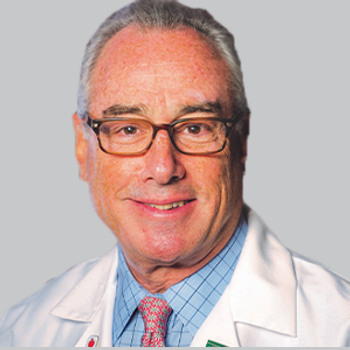
In light of the public health implications of speedier stroke treatment, these data suggest that mobile stroke units could represent a potentially beneficial addition to stroke systems of care in dense cities.

The medical director of the Comprehensive Stroke Center at Cleveland Clinic detailed the advantages of controlling blood pressure.
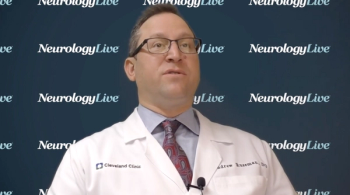
The medical director of the Comprehensive Stroke Center at Cleveland Clinic described the effects of limited medical resources on patients who have risk factors for stroke.
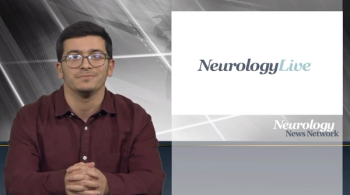
Neurology News Network for the week ending November 30, 2019.

Top line results from the phase 3 trial of sovateltide in patients with acute cerebral ischemic stroke are expected by mid-2020.
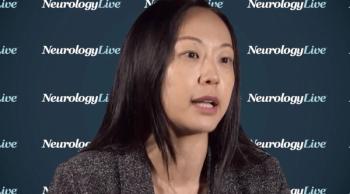
The senior research scientist at Kessler Foundation offered her personal experience in treating spatial neglect in patients with stroke and potential future treatments on the way.
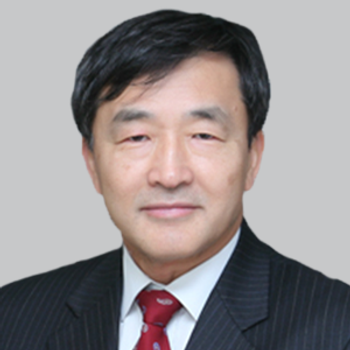
Findings of a phase 2 assessment has suggested that otaplimastat can be safely administered in patients with stroke who are being treated with recombinant tissue plasminogen activator and is realistic to be further studied.

A lower target for low-density lipoprotein is associated with a greater reduction in cardiovascular events after ischemic stroke over a higher LDL target.
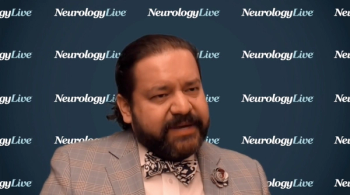
The chief of cerebrovascular disease at Jefferson University Hospitals detailed the importance and growth of mobile stroke units.

The chief of cerebrovascular disease at Jefferson University Hospitals explains why teaching stroke protocol and using telemedicine can help close the gaps in stroke care.

The 2019 update to the 2018 guidelines clarifies prior recommendations and takes into consideration new clinical trial data to offer a comprehensive guide for treatment, from symptom onset through 2 weeks after acute ischemic stroke.
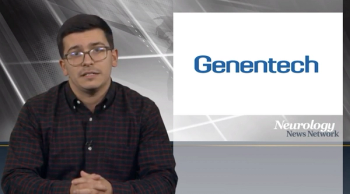
Neurology News Network for the week ending November 9, 2019.

The benefits of lowering systolic blood pressure for stroke prevention and reducing poststroke disability are numerous, but the ideal target remains elusive.

The 2019 update to the 2018 guidelines clarifies prior recommendations and takes into consideration new clinical trial data to offer a comprehensive guide for treatment, from symptom onset through 2 weeks after acute ischemic stroke.
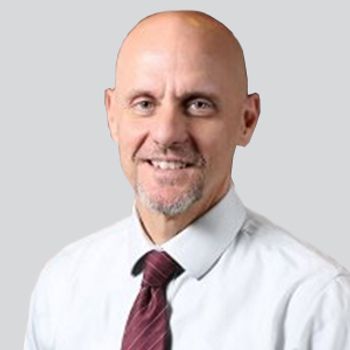
The chief medical executive at The University of Texas MD Anderson Cancer Center is expected to be named the next commissioner of the FDA by President Donald Trump.
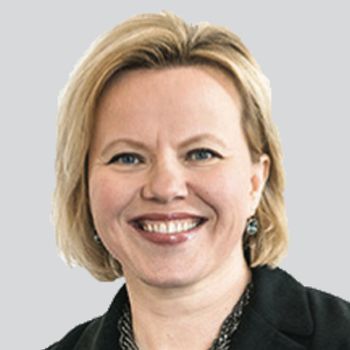
The benefits of lowering systolic blood pressure for stroke prevention and reducing poststroke disability are numerous, but the ideal target remains elusive.

New study results suggest that thrombectomy may have similar rates of favorable neurologic outcomes and a comparable safety profile in both pediatric and adult patients with stroke.

"Mind Moments," a podcast from NeurologyLive, brings you an exclusive interview with Fred Rincon, MD, MSc.
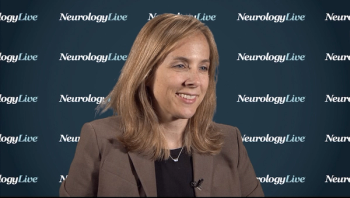
The senior research scientist in the Center for Mobility and Rehabilitation Engineering Research at Kessler Foundation spoke to the research being done into the functional implementation of exoskeletons in neurorehabilitation.

The senior research scientist in the Center for Mobility and Rehabilitation Engineering Research at Kessler Foundation shared insight into the work she and her colleagues are doing to try to revolutionize the way exoskeletons can improve neurorehabilitation and gait challenges.

The senior research scientist in the Center for Mobility and Rehabilitation Engineering Research at Kessler Foundation spoke about using the exoskeleton and dermal skeleton devices in functional recovery for patients who have lost the ability to walk.